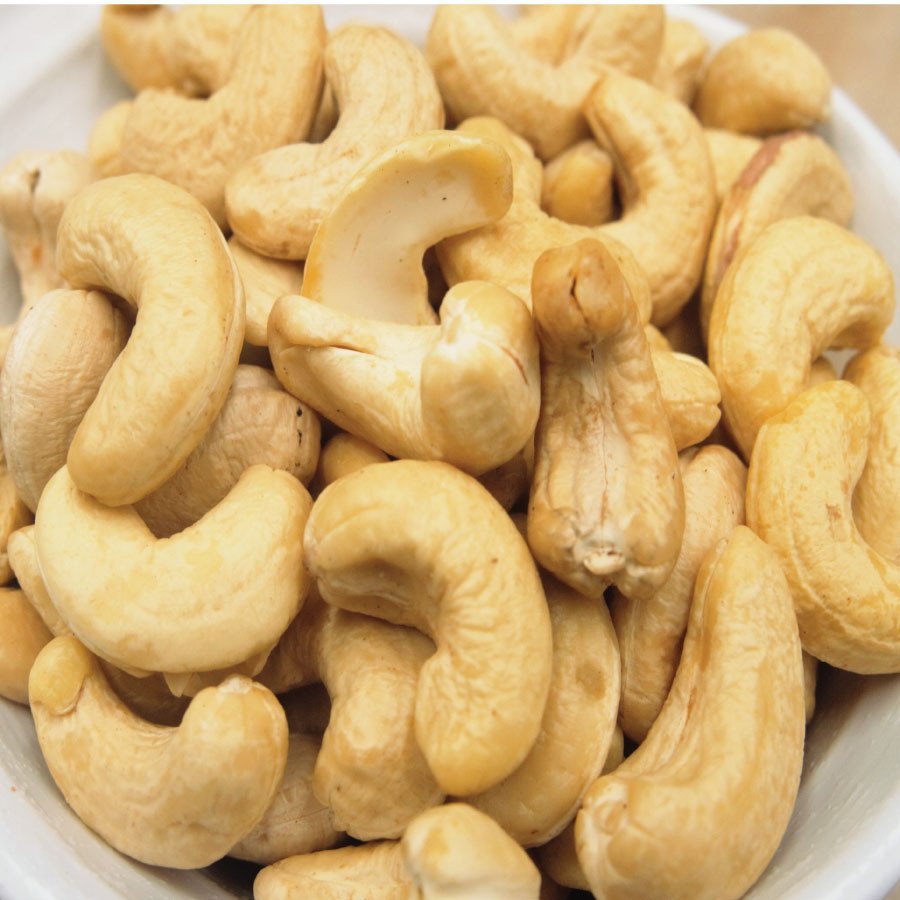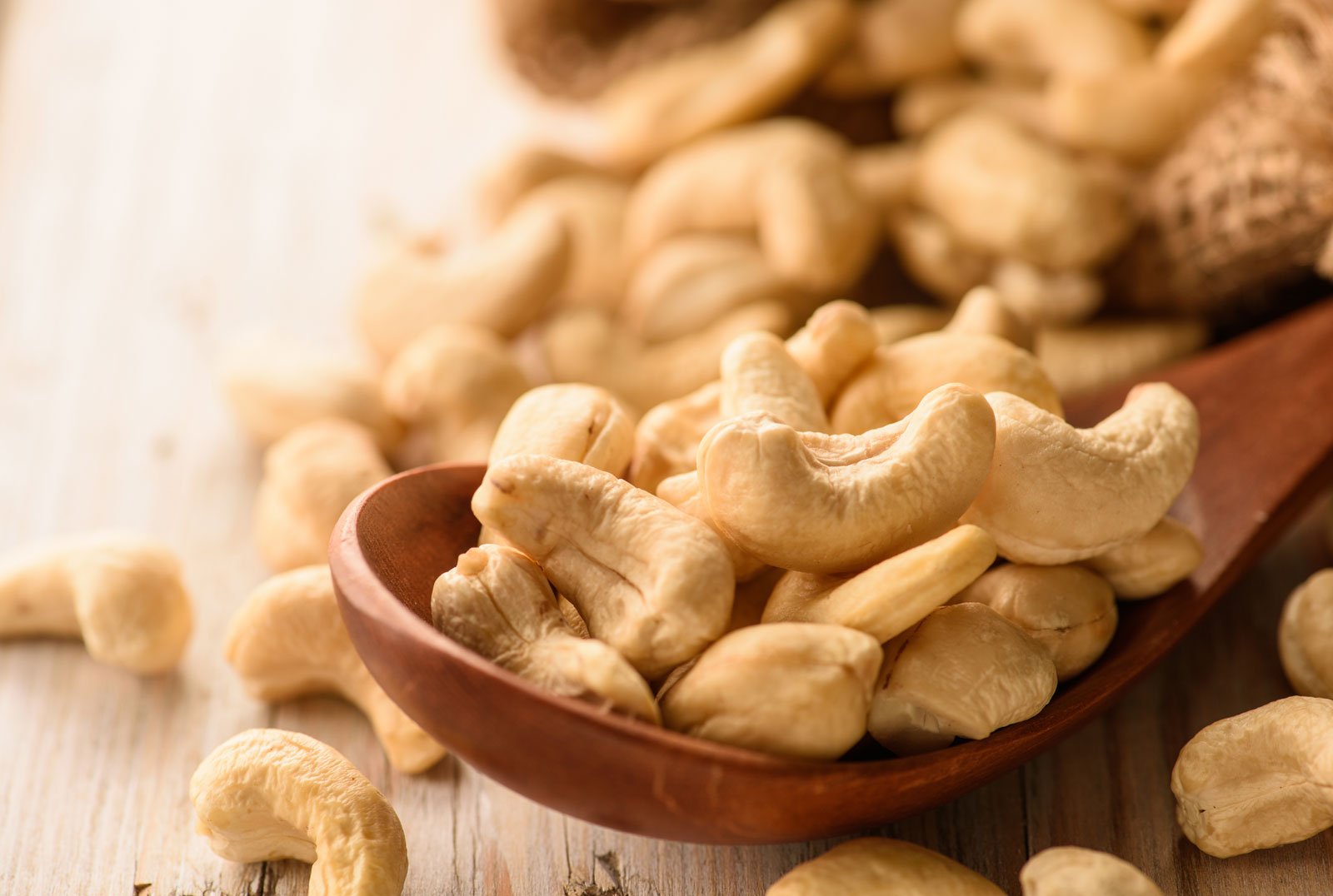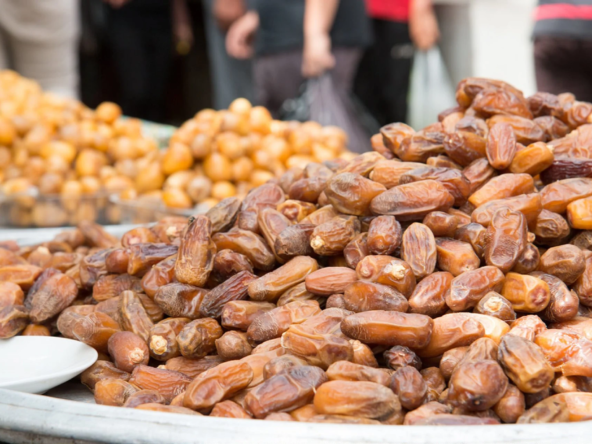The humble cashew nut, a favorite snack for millions around the world, has a complex and intriguing journey that takes it from small rural farms to the shelves of global retailers. Understanding this supply chain highlights the intricate logistics, the challenges faced, and the opportunities it presents for various players in the market.
1. From Small Farms to Processing Centers
Cashew trees are primarily grown in tropical climates, with major producers being countries like India, Vietnam, Nigeria, Côte d’Ivoire, and Brazil. The majority of cashew production starts on small-scale farms, often family-run, where cashew trees thrive in the warm, humid conditions of tropical regions.
Once harvested, cashew nuts are processed through various stages, starting with drying. After drying, the raw nuts are transported to local processing facilities. However, processing is a labor-intensive and intricate task. Cashew nuts are encased in a toxic shell that must be carefully cracked open to avoid contamination, while also preserving the delicate kernel inside.
Challenges at this Stage:
- Labor-Intensive Process: Many small-scale farmers lack access to mechanized equipment, meaning much of the work is done manually.
- Lack of Infrastructure: In many rural areas, poor road networks and limited access to modern technologies can slow the process and reduce the overall efficiency of moving cashews from farms to processing centers.
2. Processing: A Critical Point in the Chain
Once the cashew kernels have been extracted, they need to be further processed and graded. Grading involves categorizing cashews by size, color, and quality. Countries like India and Vietnam dominate this processing stage due to their well-established infrastructure and experience.
Processing is not only essential for removing the outer shell but also for preparing the nuts to meet export standards. Often, this stage is where value is added through roasting, salting, or packaging for retail purposes. Processed cashews are sorted into different grades for export, with premium-grade cashews heading to global brands and retailers, while lower-grade nuts may be sold domestically or to secondary markets.
Challenges at this Stage:
- Toxic By-products: The shell of a cashew contains a caustic liquid, cardanol, which can be hazardous to workers if not handled properly. Ensuring safe working conditions is a priority but can be difficult in some developing regions.
- Quality Control: Ensuring consistent quality for international markets requires sophisticated processing technologies and trained labor, which is not always readily available in key producing regions.
3. The Role of Intermediaries and Exporters
Once processed, cashew nuts move from processing centers to exporters, who play a vital role in getting the product to international markets. In countries like Nigeria, Ajigo Farms Ltd and other agro-commodity companies work to connect local farmers with global markets, acting as intermediaries that handle the logistics of export and distribution.
Exporters must navigate complex international trade regulations, ensuring that their cashews meet the safety and quality standards of importing countries. Cashew nuts are often transported in bulk to large-scale distributors in key markets like the U.S., Europe, and parts of Asia.
Challenges at this Stage:
- Customs and Regulations: Different countries have strict regulations on food imports, and navigating these rules can be challenging.
- Logistics Costs: Exporters must deal with fluctuating fuel costs, port fees, and tariffs, all of which can impact the price of cashew nuts once they reach consumers.

4. Distribution: From Wholesalers to Global Retailers
Once in the importing country, cashew nuts are distributed to wholesalers, who may further process or package them for sale to global brands and retailers. This stage in the supply chain often involves advanced logistics and distribution networks to ensure that the cashew nuts reach their destination in good condition.
Brands like Planters, Kirkland, and other international names rely on these wholesalers to maintain a steady supply of high-quality cashews that they can sell to consumers. Some cashews are used as ingredients in products like granola bars, nut mixes, or dairy alternatives like cashew milk, while others are sold as snack nuts.
Opportunities at this Stage:
- Branding and Value Addition: Companies that invest in sustainability certifications, organic processing, or fair-trade practices can often command premium prices for their products.
- Innovation in Packaging and Processing: As consumer demand for healthy snacks increases, there’s growing opportunity for innovation in packaging, such as biodegradable packaging or unique seasoning blends to differentiate products.
5. Challenges in the Global Cashew Nut Supply Chain
The global cashew supply chain faces multiple challenges, from inconsistent crop yields to international trade barriers. One of the most significant hurdles is the price volatility caused by fluctuating demand, currency exchange rates, and weather conditions in producing countries. These factors create uncertainty for both farmers and exporters, making it difficult to predict profitability.
Another challenge is sustainability. Cashew farming, like many other agricultural practices, has environmental impacts, particularly deforestation and water use. As the world becomes more conscious of the need for sustainable practices, companies involved in the supply chain are increasingly under pressure to ensure that their operations are environmentally friendly.
6. Opportunities for Growth
Despite the challenges, the cashew nut industry is growing steadily, driven by rising global demand for healthy snacks and plant-based ingredients. There is also significant potential in improving the efficiency of the supply chain through better technology and infrastructure.
For example, blockchain technology is being introduced to improve traceability in the supply chain, allowing consumers to know exactly where their cashews come from and ensuring that farmers are fairly compensated. Similarly, there’s growing interest in increasing local processing capacity in Africa, where many cashews are produced but not processed. This could provide local economies with more value and create jobs in processing plants.
Conclusion: The journey of the cashew nut from small farms to big brands is a testament to the complexities of the global supply chain. While challenges like labor intensity, logistics, and trade regulations persist, the opportunities for innovation, sustainability, and growth are immense. With increasing consumer demand and a growing focus on ethical sourcing, the future of the global cashew supply chain holds exciting potential for all stakeholders involved—from the small-scale farmer to the international retailer.
Ajigofarms is a reliable global agricultural purchase sourcing with profound expertise in the manufacturing, and exportation of food crops. We are tested, and trusted suppliers of all kinds of cash crops and food crops. Our constant supply chain solution makes exporting easy, quick, and safe, we are identified with timeliness and meeting up with deadlines. Regardless of the region you are located in worldwide, you can reliably order your Agric products and be rest assured of successful delivery.




